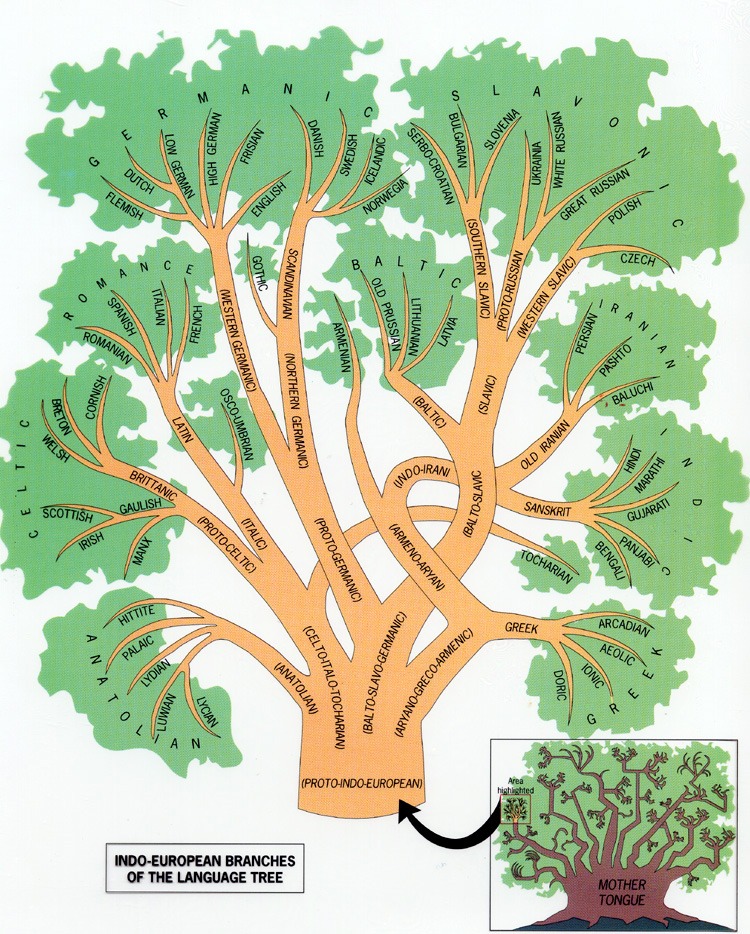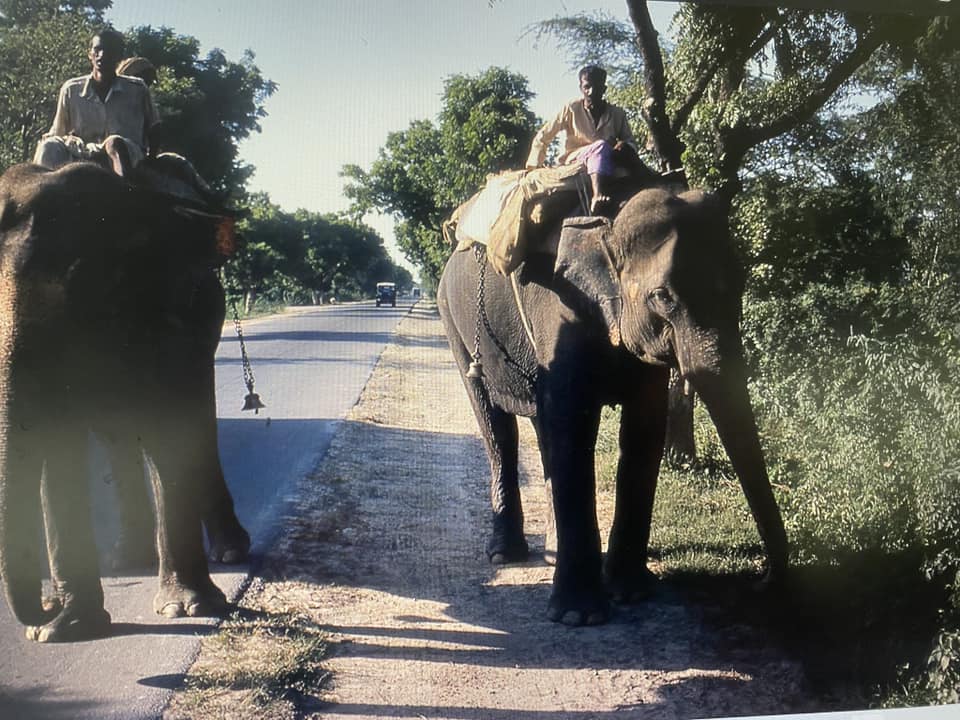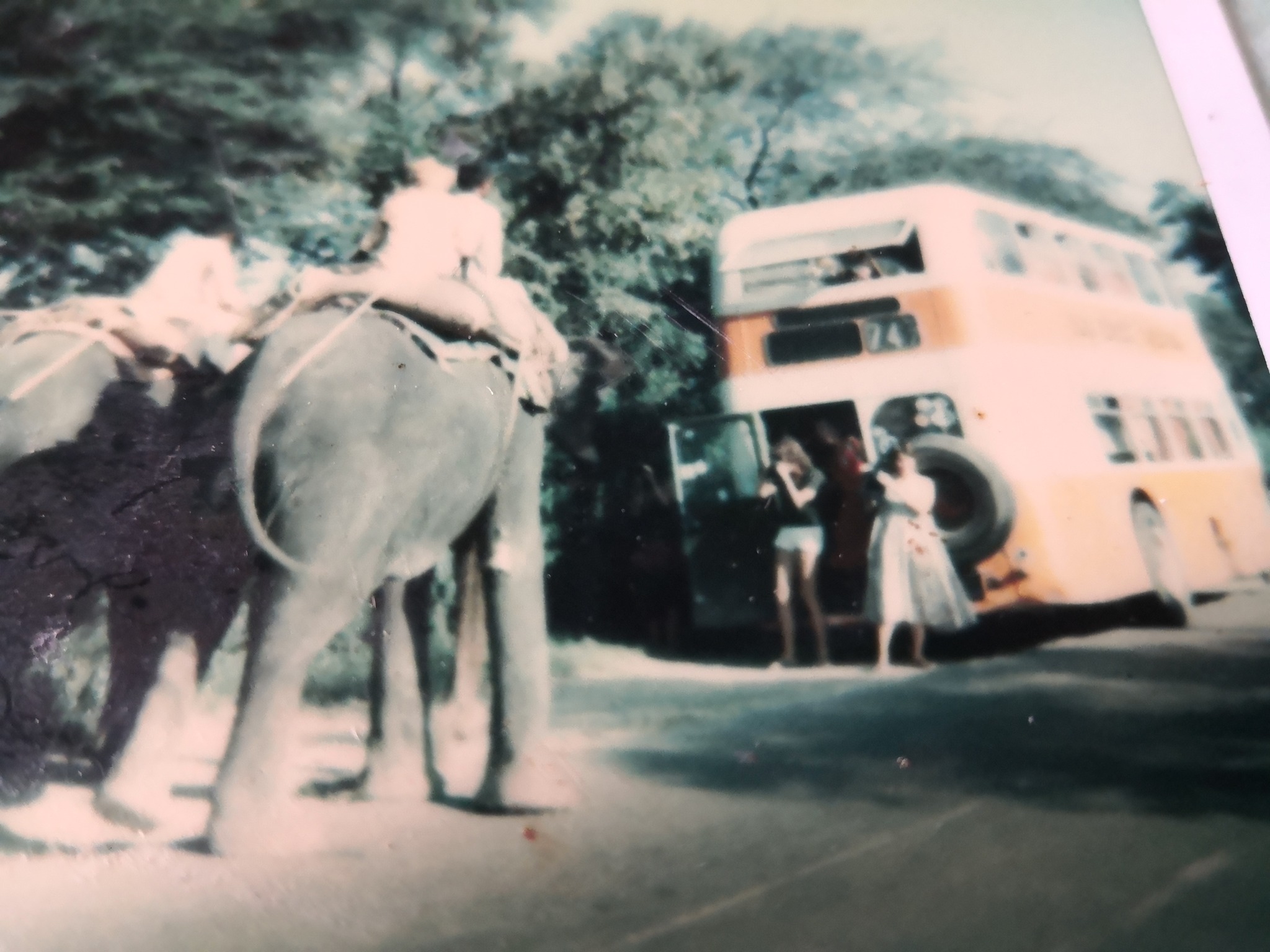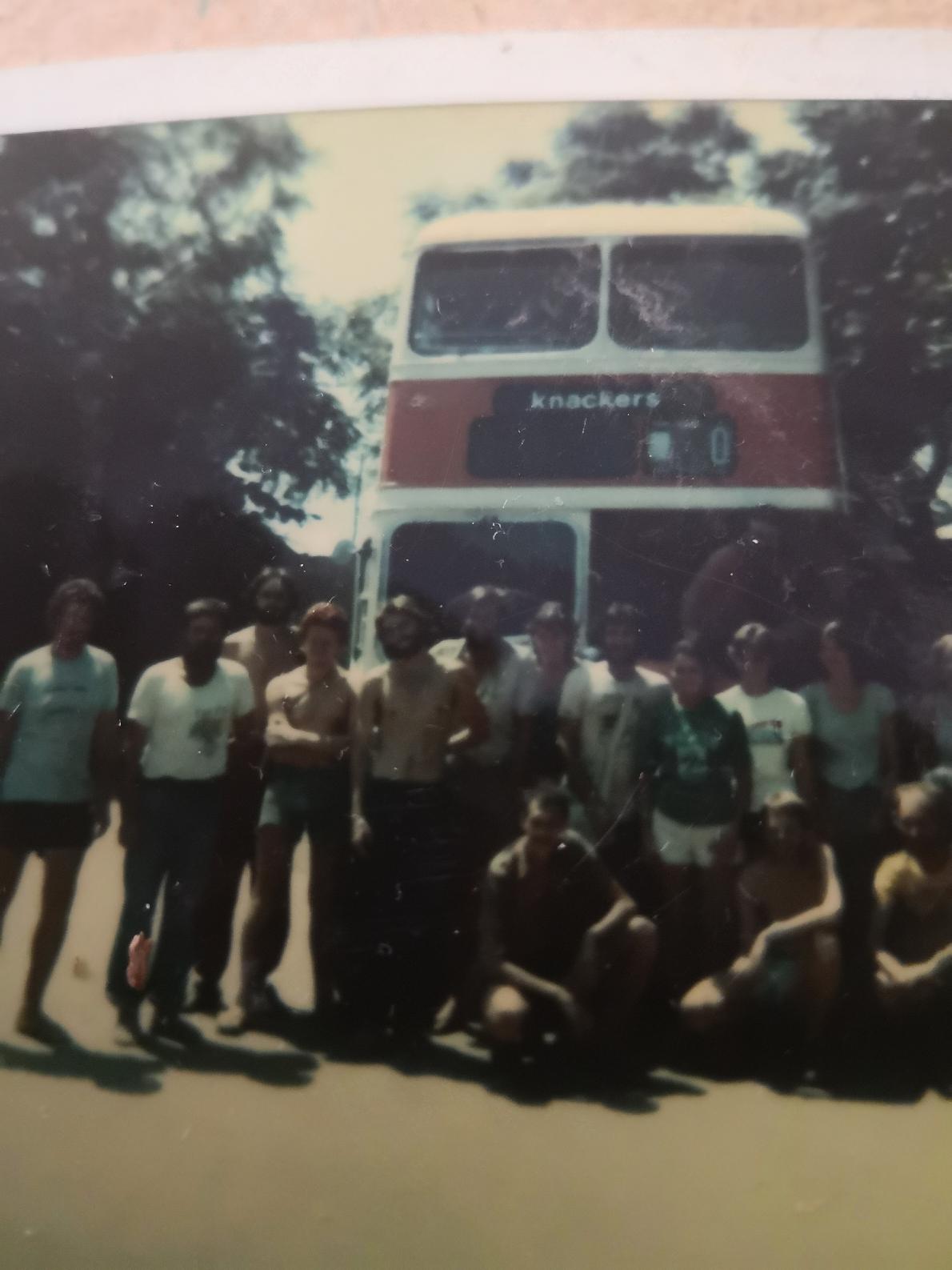
AsianOverland.net
Tour Guide - Itinerary
Asian Overland Sydney to London
Started 22/06/2022 Finished 21/06/2023365 Days ITINERARY
Day 103 date 02/10/2022JAIPUR to DELHI GATE, INDIA
ASIANOVERLAND.NET SYDNEY TO LONDON DAY 103/331/15: JAIPUR TO DELHI GATE, INDIA
The state of Jaipur was earlier known as Amber and was controlled by Meena chiefs of five different tribes.
Much of the present structure known as Amber Fort is the Amber Palace built by Mughal Emperor Akbar's Navaratnas Raja Man Singh I, who ruled from 1590 to 1614 AD. The palace includes spectacular buildings, such as the Diwan-i-Khas, and the elaborately painted Ganesh Pole. The trek up to the Amber Palace is best taken by elephant ride, a Top Deck punter favourite.
The old and original fort of Amber is known as Jaigarh Fort, which was the main defensive structure rather than the palace itself. The two structures are connected by a series of encompassing fortifications.
Amber was capital of the Kachwaha until 1727, when the ruler of Amber, Sawai Jai Singh II, who ruled from 1699 to 1743, founded a capital Jainagara (Jaipur), named after him, about ten kilometers south of Amber. He planned to shift his capital from Amber to Jaipur to accommodate the growing population with a more reliable water supply.
The construction of Jaipur began in 1726 and took four years to complete the major roads, offices, and palaces. The architecture of Jaipur was heavily influenced by the 17th century architectural renaissance during Mughal rule in Northern India, and divided into nine blocks, two containing the state buildings and palaces, with the remaining seven for the public. Huge ramparts were built, pierced by seven fortified gates.
After the founding of Jaipur, the royal palace and houses of prominent persons were shifted from the Amber Palace to Jaipur. The priests of Shila Devi temple, who were Bengali Brahmins, continued to live in the fort, while the Jaigarh fort above the palace remained heavily garrisoned.
During the rule of Sawai Ram Singh I, Jaipur was painted pink to welcome HRH Albert Edward, Prince of Wales (who became King Edward VII, Emperor of India), in 1876. Many of the avenues are still painted in pink, giving Jaipur a distinctive appearance and the name Pink city.
Gary Hayes and I were acutely aware that our Double Decker bus Knackers was slow and unreliable, but we needed to travel about 15,000 kms from Kathmandu to London, so we had to keep on the move. Accordingly, we would start most day’s drives at 5am or at sunrise. This enabled us to get in about 3 hours driving before breakfast, or a loo stop, or a mechanical problem.
We scheduled in a tourist stop most days, preferably at a major historic attraction “been there, done that, take a photo, tick it off”), and we would often have a meal at those intermediary stops. We all had of our own beds on the bus (but no refrigeration), so we could also drive after dinner, while the punters were chatting, listening to the ever-present music (CDs), playing backgammon, having coffee, and finally, slowly drifting off to bed.
There was no point in checking into a hotel or a camping ground, because we’d be driving late into the night, sometimes all night (but not in India). After a big night or a wild session on the town, (like at Jaipur), we’d find a quiet spot down the road to camp, and turn off the engine while nearly all punters would already be asleep. Gary and I would usually designate the next driver before we’d both had a big night, but sometimes we’d both have a great night with the punters ….., so we’d stop earlier than we planned; and sometimes leave later than we planned, after breakfast, like today, while we both recovered from the previous night’s wild session.
For any punter watching from the back of the bus, it would appear as they wrote:
" Gary and Peter were driving to our next destination.”
If Gary was driving, I’d navigate from the cab window by kneeling on the seat behind the driver, so we could both see every sign, some of which were in English, (which was more helpful to us than Sanskrit, Persian or Arabic). This system worked well for us except on the way to Kathmandu in Damascus, where we must have misinterpreted an Arabic sign and ended up in the Golan Heights military restricted zone instead of on the road to the Jordanian border. We didn’t want to make that mistake again.
If I was driving, Gary would be in the same navigator’s position, so it would look like “Gary and Peter were driving”. If I was driving the dawn shift, Gary would sleep and Corrie would be in the navigator’s position, serving me my morning cup of coffee, which I always greatly appreciated and still do to today, especially in the light of other Top Deck driver’s experiences:
“At one point whilst crossing a bridge, everybody aboard was sound asleep but unfortunately ….. that included me. At the moment I opened my eyes, I was coming off the bridge and right ahead of me was a truck towing a trailer, heading in our direction and doing about half our speed. …. I could only stand on the brakes and keep the bus on the road causing Casper to screech to a halt, assisted by the trailer which buried itself into the front of the bus.”
Crossing Continents with Top Deck, Trevor Carroll.
India has a population of more than one billion people, many of them seem to be on the road while we’re travelling through, and most of them want a close look at the bus, or are completely impervious to our presence. If you slow down the bus, they all get closer still, until you can’t move the bus. So we have to drive a line through locals on both sides of the road, many of whom seem to want to cross the road while we’re driving through. It may have seemed as if we hit locals, but we didn’t actually make contact with any on either overland trip we did together, (except for the cow on the eastward bound overland).
Stopping on the road meant that we would have many local guests, some of whom are cows. It must be remembered that cows are scared in India and in the Hindu religion, so cows have right of way to the road, the bus, and to our rubbish bins.
One day I took a photo of two elephants at the back of our double decker bus, KNACKERS. Forty years later, Neil Harvey produced a photo of the same scene - but of the same elephants from inside the bus instead of outside (photos attached). A miracle!!
If you hadn’t been to Delhi, you’d think the punters got it wrong when they wrote their first impressions of Delhi -
“Leafy streets, white lines, big clean buildings”.
However, we are driving into Delhi from the south, through the new part of Delhi called New Delhi, which is quite modern, has very wide streets, and is very clean. Our destination and home in Delhi is the Delhi Gate campsite, named after the old Delhi Gate beside it.
Delhi Gate is the southern gate in the historic walled city of (Old) Delhi, or Shahjahanabad. The Gate links the New Delhi city with the old walled city of Delhi. There is an amazing visual contrast between the Old City (which the punters haven’t seen yet), and the New City which we drove through on the way to Delhi Gate (where the punters got their first impressions of (New) Delhi.
The Delhi Gate was built by Emperor Shah Jahan in 1638 as part of the high fort walls that encircled the Shahjahanabad, the seventh city of Delhi. The emperor used this gate to go to the Jama Masjid mosque for prayer.
The Delhi Gate was built in sandstone and is an impressive and large structure.
We arrived in Dehli on a very special day, Mahtma Ghandi’s birthday. Mahatma Ghandi, the founder of modern India, as born on 2 October, 1869.
Ghandi was an Indian lawyer and anti-colonial nationalist, who employed nonviolent resistance to lead the successful campaign for India's independence from British rule. Ghandi inspired movements for civil rights and freedom across the world. The honorific Mahātmā (Sanskrit: "great-souled", "venerable"), first applied to him in 1914 in South Africa, is now used throughout the world. His contributions to the formation of Modern India gave him the title – "Father of the Nation".
Our westbound overland Trip Book records in five different handwritings: “DAY 15. 2 October, 1980
Everybody enjoyed Jim and Teena’s breakfast!
Jeez! a skinny cow will eat the rubbish bin as well!
Succeeded to regain our rubbish bin by Robyn. Although she was being chased around the bus 5 – 10 times by hungry cows. We’ve all made a lifetime pet.
OFF to Delhi will be a half’s day drive!
WOT WE GOT A SUPERSONIC BUS?
HOPEFULLY.
DELHI – 1st impressions :-
Leafy streets, white lines, big clean buildings.
Tres Bonza!
Mahtma Ghandi’s birthdray – public holiday.”
© This work is copyright. Apart from any use permitted under the Copyright Act 1968, no part may be reproduced by any process, nor may any other exclusive right be exercised, without the permission of Peter Searle, peter@portseavillageresort.com; 1980-2024.
Website built by Justin O’Dea www.webdeveloperdocklands.com.au





